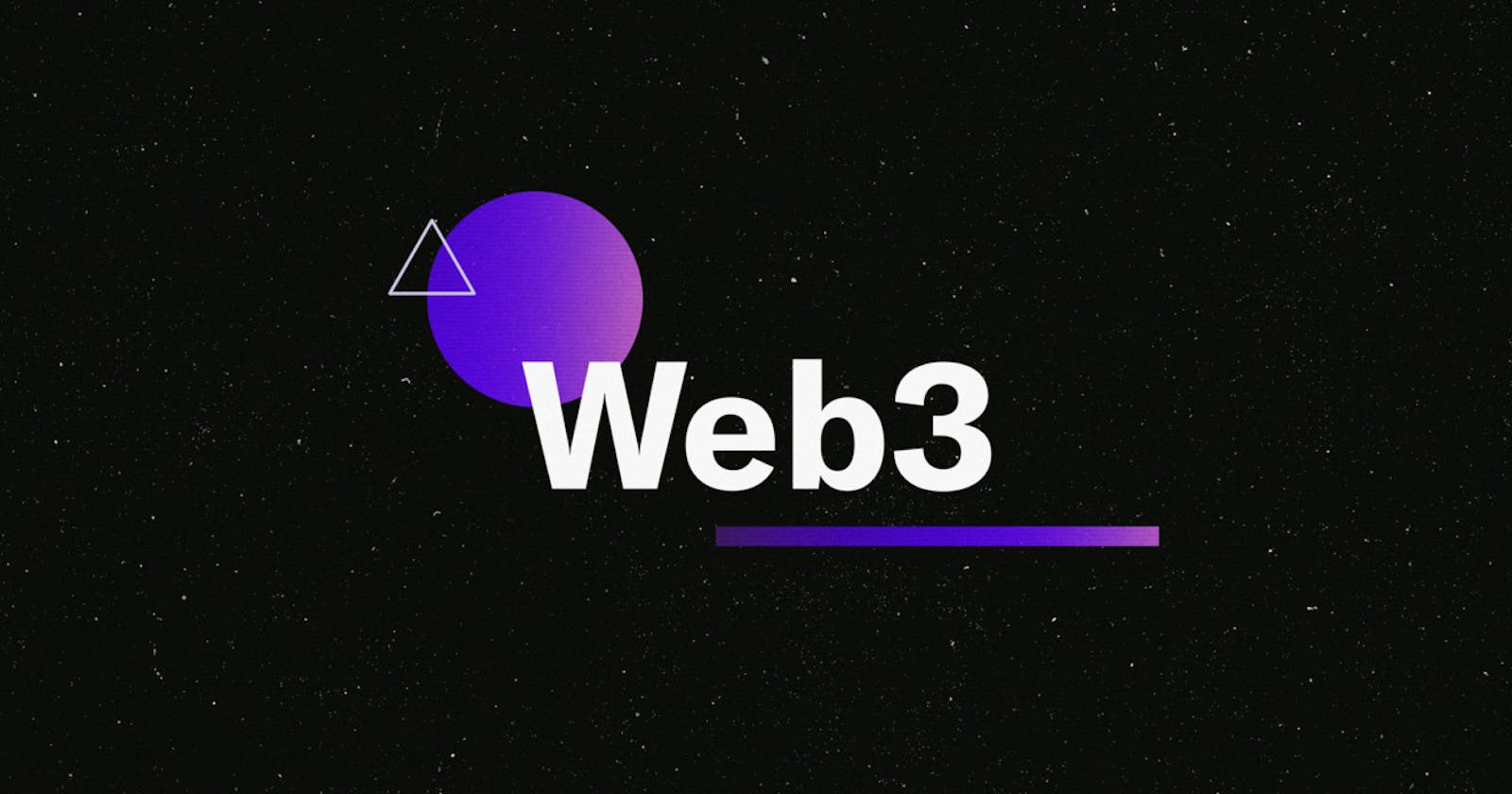Web3, also known as the decentralized web, is the next evolution of the internet. It is built on blockchain technology and allows for the creation of decentralized applications (dApps) that are not controlled by any single entity, but rather operate on a decentralized network. This network is often referred to as the "backend" of the decentralized web, and it is powered by decentralized protocols such as Ethereum or Polkadot.
One of the main drivers behind the development of the decentralized web is the desire for greater control and ownership of data. On the traditional web, users' data is often collected and monetized by companies without their consent. In contrast, on the decentralized web, users retain control over their data and can choose how it is used and shared.
Another key advantage of the decentralized web is that it allows for the creation of dApps that are not subject to the same regulatory frameworks as traditional web applications. This can be especially beneficial for industries that are heavily regulated, as it allows for the creation of new business models and revenue streams that may not be possible under existing regulations.
One of the main benefits of the decentralized web is that it offers greater transparency and security compared to the traditional web. Because dApps operate on a decentralized network, they are not controlled by any single entity and are therefore less susceptible to interference or manipulation. In addition, the use of smart contracts on the decentralized web allows for the automatic execution of agreements, reducing the need for intermediaries and minimizing the risk of fraud or human error.

To interact with dApps on the decentralized web, users need to use a web3-enabled browser such as Brave or MetaMask. These browsers allow users to connect to the decentralized network and interact with dApps in the same way that they would with traditional web applications.
The decentralized web also utilizes decentralized storage solutions such as IPFS (InterPlanetary File System) to store and serve data. This allows for greater censorship resistance, as the data is not stored on a single server that can be taken down or censored.
Another benefit of the decentralized web is that it allows for the creation of dApps that are more accessible and inclusive. Because dApps do not require users to have a bank account or government-issued identification, they can be used by anyone with an internet connection. This opens up the possibility for people in developing countries or those without access to traditional financial services to participate in the global economy.
However, it's important to note that the decentralized web is still in the early stages of development and several challenges need to be addressed. One of the main challenges is scalability. Currently, the decentralized web is not able to handle the same volume of transactions as the traditional web, which limits its potential for widespread adoption.
Another challenge is the lack of user-friendly interfaces for dApps. Many dApps are still difficult to use and require a certain level of technical knowledge to interact with. This can be a barrier to adoption for non-technical users.
Finally, there is a lack of regulation on the decentralized web, which can be both a benefit and a drawback. While it allows for greater innovation and the creation of new business models, it also creates uncertainty and can make it difficult for users to know what to expect when interacting with dApps.
Overall, the decentralized web represents a shift towards a more open and equitable internet, where users have more control and ownership of their data. While it is still in the early stages of development, the potential for web3 and the decentralized web to transform the way we interact online is exciting and worth watching closely.
